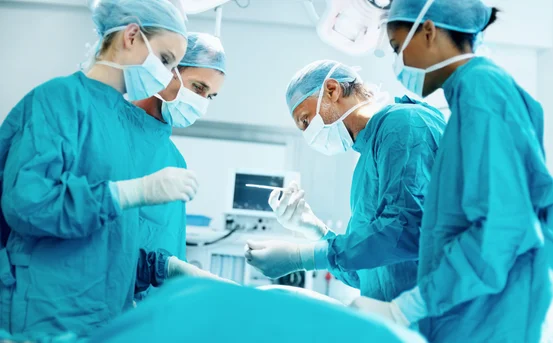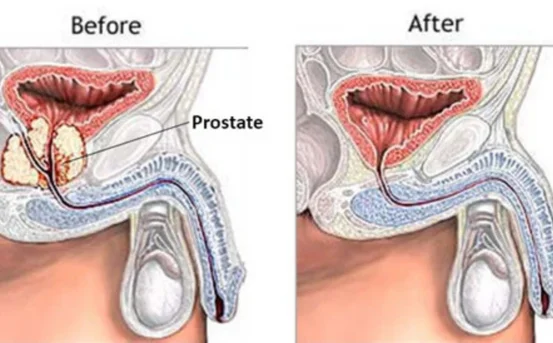Testicular refers to anything related to the testicles, which are two oval shaped male reproductive organs located within the scrotum. These glands play a vital role in the male reproductive system, primarily responsible for producing sperm and the hormone testosterone. Despite being a small part of the male anatomy, the testicles are crucial for fertility, hormonal balance, and sexual health. Understanding testicular health is important for early detection of issues and prevention of serious complications such as infertility or cancer.
Despite their importance, testicular health is often overlooked or neglected due to lack of awareness, discomfort in discussing male reproductive issues, or fear of diagnosis. However, recognizing what “testicular” really means and understanding the conditions and symptoms associated with testicular health is crucial for every male, especially during adolescence and early adulthood.
What is Testicular?
The testicular, also known as testes, are part of the male reproductive system. They are housed within the scrotum, a pouch of skin below the penis. Each testicle is typically 4 to 5 cm long and weighs about 15 to 25 grams in adult males. Their primary functions include
-
Producing sperm cells necessary for reproduction
-
Secreting testosterone, the main male sex hormone
These organs begin to develop in the fetus and usually descend into the scrotum before birth. Testicles remain outside the body to maintain a temperature slightly lower than the body’s core, which is essential for healthy sperm production.
Why is Testicular Health Important?
Maintaining good testicular health is essential for overall well-being in men. The testicles contribute to vital functions such as hormonal balance, libido, muscle development, and fertility. Any problem in testicular function can lead to a range of health issues from hormonal imbalances to infertility.
Testicular conditions can affect males of all ages. Adolescents and young men should be especially attentive, as this age group is at higher risk for certain testicular conditions, including testicular cancer.
Common Testicular Conditions
While most men go through life without major testicular issues, certain conditions are worth understanding to ensure timely diagnosis and treatment. Here are a few common testicular problems
-
Testicular Pain :- Testicular pain can occur due to trauma, infection, or twisting of the testicle. Common causes include
-
Epididymitis (inflammation of the epididymis)
-
Orchitis (inflammation of the testicle)
-
Testicular torsion (a medical emergency caused by twisting of the spermatic cord)
Pain should never be ignored, especially if it occurs suddenly or is severe.
-
- Varicocele :- Varicoceles are enlarged veins within the scrotum that can cause discomfort and may impact fertility. They often resemble a “bag of worms” and typically develop on the left side.
- Hydrocele :- A hydrocele is a fluid-filled sac surrounding the testicle, leading to swelling in the scrotum. It is usually painless and may resolve on its own but can require surgery in some cases.
-
Testicular Cancer :- Although rare, testicular cancer is the most common cancer in males aged 15–35. Early signs include
-
A lump or swelling in the testicle
-
A feeling of heaviness in the scrotum
-
Dull ache in the groin or abdomen
Early diagnosis offers a high chance of cure, so regular self-examination is strongly recommended.
-
Symptoms to Watch For
Awareness of the signs of testicular disorders can lead to early detection and treatment. Some common symptoms include
-
Lump, swelling, or hardness in the testicle
-
Sudden or chronic testicular pain
-
Shrinking or enlargement of a testicle
-
Changes in scrotal skin or firmness
-
Presence of fluid or heaviness in the scrotum
-
Pain radiating to the lower abdomen or groin
If you notice any of these signs, consult a healthcare provider or urologist immediately.
How to Perform a Testicular Self Exam?
Regular testicular self-examinations help in the early detection of abnormalities, especially testicular cancer. Here’s how to do it
-
Perform the exam after a warm shower when the scrotum is relaxed
-
Stand in front of a mirror and look for any swelling
-
Gently roll each testicle between your thumb and fingers
-
Feel for lumps, nodules, or any change in size, shape, or texture
Normal testicles are usually smooth, oval-shaped, and somewhat firm. The presence of veins and the epididymis (located behind the testicle) should not be mistaken for abnormalities.
Diagnostic Tests for Testicular Conditions
If any issue is suspected, your doctor may recommend diagnostic tests such as
-
Ultrasound :- A non-invasive imaging test to check for lumps, fluid, or torsion
-
Urine tests :- To detect infections
-
Blood tests :- To measure hormone levels or detect tumor markers
-
Scrotal exploration :- A surgical procedure done if testicular torsion is suspected
In cases of suspected cancer, biopsy and tumor marker testing (like AFP, HCG, LDH) may be done to confirm the diagnosis.
Treatment Options
Treatment depends on the specific condition
-
Infections like orchitis and epididymitis are usually treated with antibiotics and pain relievers.
-
Varicoceles may require surgical repair if they cause pain or infertility.
-
Hydroceles are often monitored, but surgery may be needed if the swelling is large or painful.
-
Testicular torsion is a medical emergency requiring immediate surgery to save the testicle.
-
Testicular cancer is treated through surgery (orchiectomy), chemotherapy, and radiation therapy depending on the stage.
Preventive Care and Lifestyle Tips
Though not all testicular problems can be prevented, the following tips help in maintaining good testicular health
-
Wear protective gear during sports to avoid trauma
-
Avoid tight underwear for long periods to reduce heat around the scrotum
-
Practice regular testicular self-exams
-
Maintain good hygiene
-
Avoid exposure to harmful chemicals
-
Seek early medical advice if you notice any abnormal signs
Regular check-ups with a urologist are especially recommended for men with a family history of testicular disorders or cancer.
When to See a Doctor?
You should consult a healthcare provider if you experience
-
Persistent or severe pain in the testicle or scrotum
-
A lump or swelling in the testicle
-
Discomfort that does not go away
-
Any abnormalities found during a self-exam
Timely medical attention can prevent complications and ensure better outcomes.
Conclusion
Understanding what “testicular” refers to goes beyond anatomy it involves being aware of various health issues related to the testicles and taking proactive steps to maintain their health. From pain and infections to more serious conditions like cancer, testicular problems can be effectively managed with early detection and proper care. Encourage regular self exams, stay informed, and never ignore changes in your body. Testicular health is an essential part of men’s overall well being.























